The names of illustrious men are written across the pages of history. Until recently, the same has not been so true for women. When they were allowed to shine, it was almost always under their husbands’ names, having lost their own on marriage; frequently they were written out of things altogether. Even when women’s achievements were noted, their genius was often limited by convention to the domestic or inspirational spheres.
But the stories of women are there to be found if you look closely, and many of Ireland’s big houses are an excellent place to start; some are now hotels, so you can sleep over into the bargain.
Birr Castle: Astronomer and photographer
At Birr Castle, Co Offaly, credit for the Leviathan, which was the largest telescope in the world when it was built in 1845, tends to go to William Parsons, the third Earl of Rosse, but his wife, Mary, born Mary Field, was crucial to the project. As the heir, along with her sister, to their father’s fortune, it was her money that enabled the telescope’s creation; but there’s more to it than money.
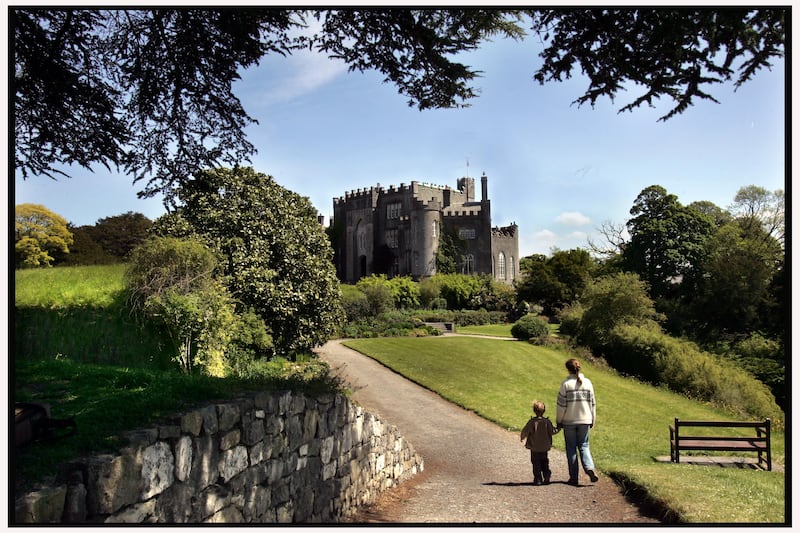
Mary had studied astronomy before her marriage, and was also a skilled blacksmith, talents which she brought to the Leviathan, which was completed in 1845. People came from across Europe to witness the phenomenon of spiral galaxies. She was an award-winning member of the Photographic Society of Ireland, and throughout all these achievements, she also give birth to 11 children.
RM Block
Today, a tour of Birr Castle will bring you to the darkroom Mary used, one of the oldest in the world, as well as to the telescope and the castle itself, home to the Parsons family for 400 years. Tickets from €20, birrcastle.com.
Lyrath Estate: Botanical explorer
Born Charlotte Williams, Lady Charlotte Wheeler-Cuffe married Sir Otway in 1897. As a civil engineer, Otway was stationed in Myanmar, then known as Burma, and so Charlotte’s travels began. Not being one to languish at the ex-pat station, Lady Charlotte became the first known botanical explorer to reach the remoter parts of the country, during which trips she discovered many plants hitherto unknown at home, including two new species of rhododendrons: Burmanicum, and Cuffianum (named after her).
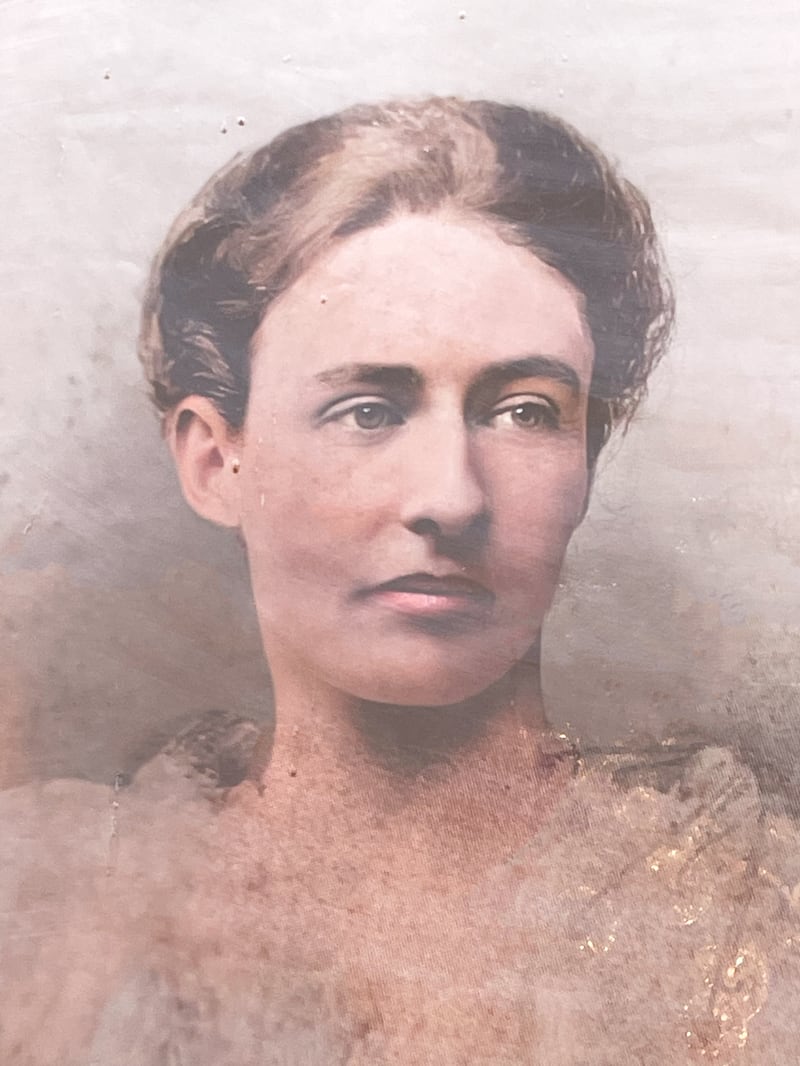
She described her journeys in weekly letters home, which are now in the archives of the National Botanic Gardens in Glasnevin, along with her watercolours of the orchids and other plants she painstakingly and beautifully documented. Throughout her travels, she sent specimens to Glasnevin and Kew Gardens in London. Her watercolour-illustrated Burma Alphabet book was sold to raise funds for a new children’s hospital in Mandalay, and she was invited to create a botanical garden at Maymyo (now Pyin U Lwin).
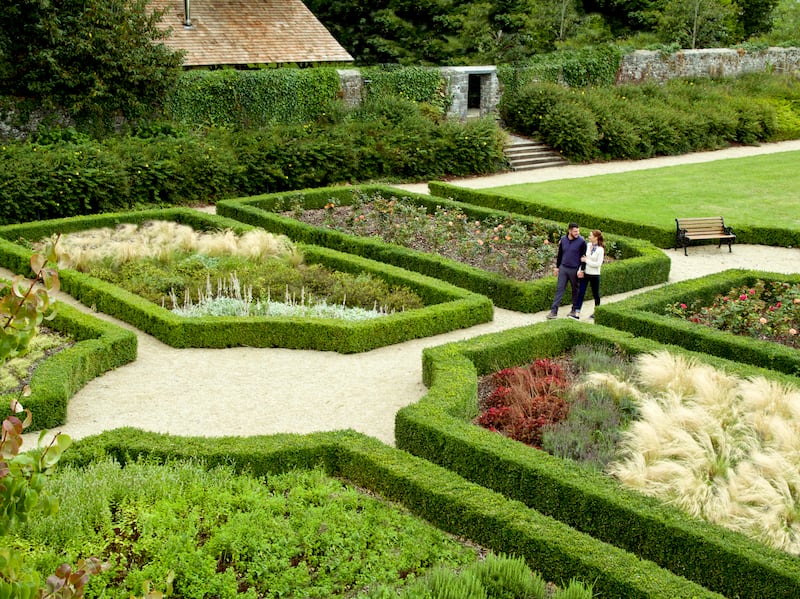
The Wheeler-Cuffes inherited the Lyrath Estate in Co Kilkenny in 1915, and Lady Charlotte redesigned the formal gardens there. These have now been restored and Lyrath guests can also enjoy afternoon tea in what was Lady Charlotte’s drawingroom.
The Ladies Luxury package gives you two nights, afternoon tea, dinner on one evening, plus thermal suite access and a cinema evening during your stay, from €270 pps, lyrath.com.
Clontarf Castle: Musical muse
Dorothy Grahn came to England as part of the entourage of George I in 1714, where she met and married John Vernon of Clontarf Castle. The castle had come to the Vernon family via a route involving the Knights Templar, an Elizabethan confiscation, and finally the Cromwellian conquest – an earlier John Vernon having been Cromwell’s Quartermaster General back in the 1640s.
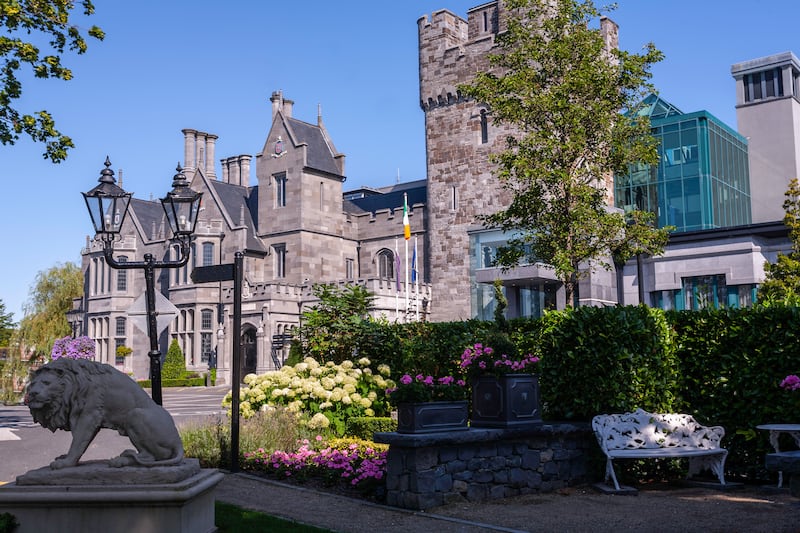
Dorothy, fondly known as Dolly, had known George Frideric Handel during their youth in Hanover, and so when Handel came to Ireland, after his glittering London career turned troublesome in the 1730s, he naturally found a friend in Clontarf. A regular guest at the castle, and an intimate of Dolly’s, the great composer dedicated his Forest Music to her. It was composed while staying at Clontarf Castle in 1742, the same year his famous work, the Messiah, premiered at Dublin’s Fishamble Street. Who is to say that without her congenial, compatriot company, the Messiah may have been welcomed into the world elsewhere? The composer returned to London later in that year, promising to return, but he never did.

Dolly died in 1773, and with subsequent changes of the castle’s ownership, much of her story has been lost, including portraits of her. It is said, although disputed, that Dollymount and Dollymount Strand were named for her. Clontarf Castle and its occupants continued to inspire: later, JMW Turner, the renowned English landscape painter, would paint the castle for one of the Vernon daughters, Maria Sophia, wife of the artist’s patron, Walter Fawkes. It is Turner’s only known Irish work.
Clontarf Castle’s summer reign package includes an overnight, with dinner, B&B and a bottle of wine, from €384, clontarfcastle.ie.
Borris House: Travelling antiquarian
Lady Harriet Kavanagh was born Lady Harriet Margaret Le Poer Trench in 1799. Marrying Thomas Kavanagh of Borris House in 1825, she took on the running of the estates when he died, just 12 years later. History remembers her as mother of Arthur MacMurrough Kavanagh, who overcame being born without fully formed arms and legs to have a colourful career, including being elected to parliament for Co Wexford and for Co Carlow, but there is much more to Lady Harriet.
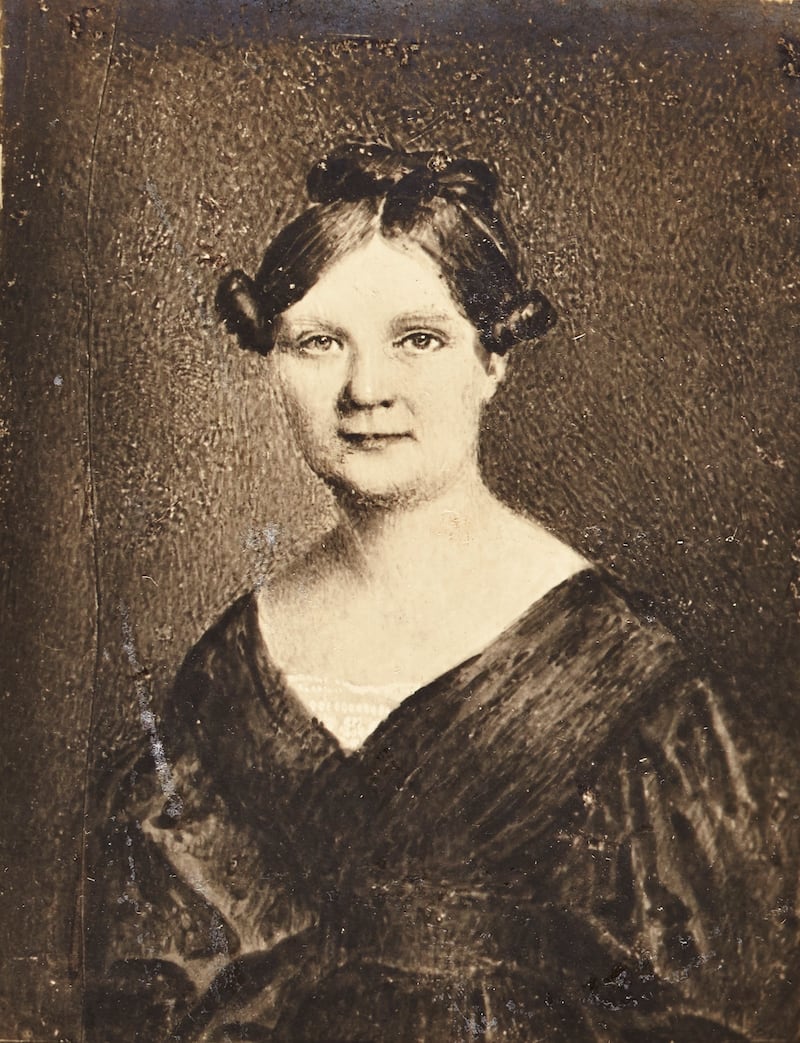
A keen antiquarian, she travelled through Europe to Egypt and the Holy Land, visiting sites including Petra, Beirut, Smyrna, Tyre, Sidon and Hebron, negotiating with Bedouin chiefs to reach the latter. Travelling by horse and camel, her diaries record visits to harems and a slave market, and a desert crossing taking over a month to complete. She later remarked that her travels had “quite enough danger to make it a very exciting business”.

A trip to Corfu acquainted her with lace making and on her return she established the craft to provide much needed post-Famine employment in the community. It became so famous that a sample was presented to Queen Victoria, and many members of the royal family came to wear Borris lace. Lady Harriet’s collection of Egyptian antiquities are now in the National Museum of Ireland, and the museum also has copies of her watercolours. More of the originals hang at Borris House, still home to the Kavanagh family.
Borris House can be hired as a wedding and events venue, with recently refurbished state rooms and family paintings as part of the charm. The 650 acres of parkland also play host to the annual Borris Festival of Writing and Ideas, borrishouse.ie / festivalofwritingandideas.com
Carton House: Landscaper
With their great houses a short gallop from one another, one would wonder if sisters Emily and Louisa Lennox ever got competitive on the question of interiors. Louisa was at home at Castletown House and Emily, married to James FitzGerald, 20th Earl of Kildare in 1747, lived first at Leinster House (now headquarters of Dáil Éireann), and then at Carton House, in Co Kildare.
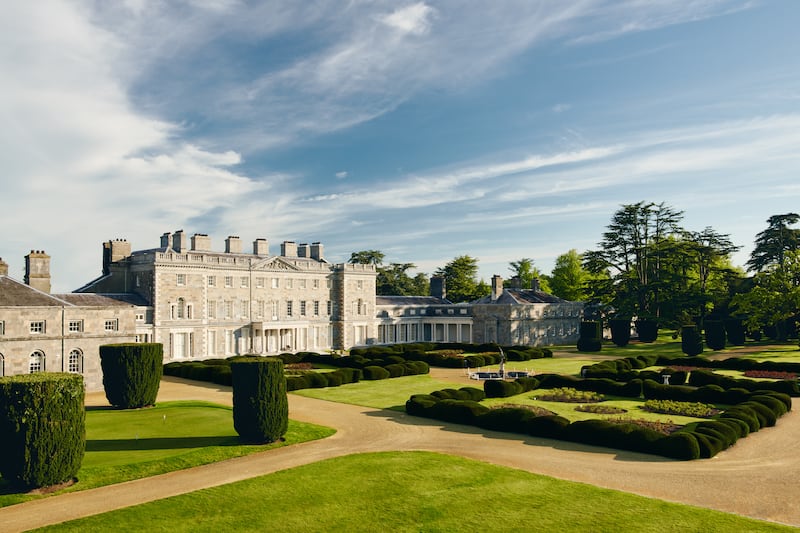
A skilled political hostess, Lady Emily had 22 children during her life, four of them with her lover, and second husband William Ogilvie, her children’s tutor. Only 10 would reach adulthood, including Lord Edward FitzGerald, who became a leading light and martyr to the cause of the United Irishmen as a leader of the 1798 rebellion.

Lady Emily was instrumental in landscaping the grounds at Carton House. It is said she designed the rose garden so that her children could play without being seen, and she created the famous Shell Cottage on the estate to distract herself from grief on the death of her firstborn son, George. Singer Marianne Faithfull would make Shell Cottage her home during the 1990s.
Emily set a design trend with the Chinese print room at Carton, using imported hand-painted wallpaper against a rich blue background. Fit for royalty, the room was later bedroom to Queen Victoria during her visits in 1849 and 1897.
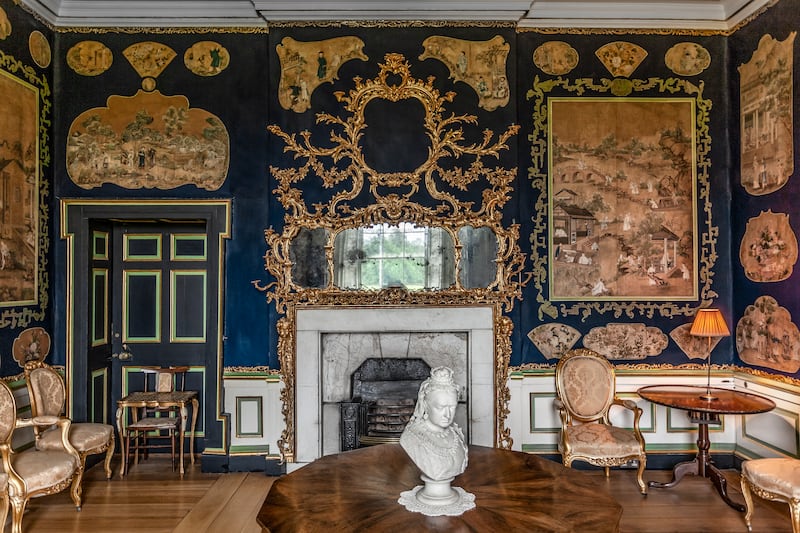
Stay at Carton House this summer for the Fairmont Family Experience, with two nights’ B&B for two adults and up to two children sharing a family room, plus diner on one night, from €595. cartonhouse.com.
- Sign up for push alerts and have the best news, analysis and comment delivered directly to your phone
- Find The Irish Times on WhatsApp and stay up to date
- Listen to our Inside Politics podcast for the best political chat and analysis
















